Anxiety disorders affect both men and women, but women are nearly twice as likely to be diagnosed with anxiety. Biological, hormonal, and social factors all play a role in how anxiety manifests and is experienced differently in women. Here’s a breakdown of how anxiety disorders uniquely impact women:
Anxiety in Women
Anxiety in women refers to the higher prevalence and unique manifestations of anxiety disorders among females. Women are nearly twice as likely as men to be diagnosed with generalized anxiety disorder (GAD), panic disorder, and specific phobias. This disparity is influenced by hormonal fluctuations, societal pressures, and differences in how women process stress.
Types of Anxiety Disorders
Anxiety disorders are a group of mental health conditions characterized by excessive fear, worry, and nervousness that interfere with daily life. While everyone experiences anxiety at times, anxiety disorders involve persistent and intense anxiety that can impact physical and emotional well-being.
Here are the most common types of anxiety disorders:
1. Generalized Anxiety Disorder (GAD).

What It Is:
- A chronic condition involving excessive and uncontrollable worry about everyday life situations.
- Worrying occurs most days for at least six months and is often disproportionate to actual threats.
Common Symptoms:
✔ Constant overthinking and restlessness
✔ Fatigue and difficulty concentrating
✔ Muscle tension and headaches
✔ Sleep disturbances (insomnia)
✔ Irritability and feeling on edge
Who It Affects Most:
- More common in women than men
- Often starts in early adulthood
- Can be triggered by stress, trauma, or genetics
Example: Someone with GAD might constantly worry about work, finances, health, or relationships, even when everything is going well.
2. Panic Disorder.
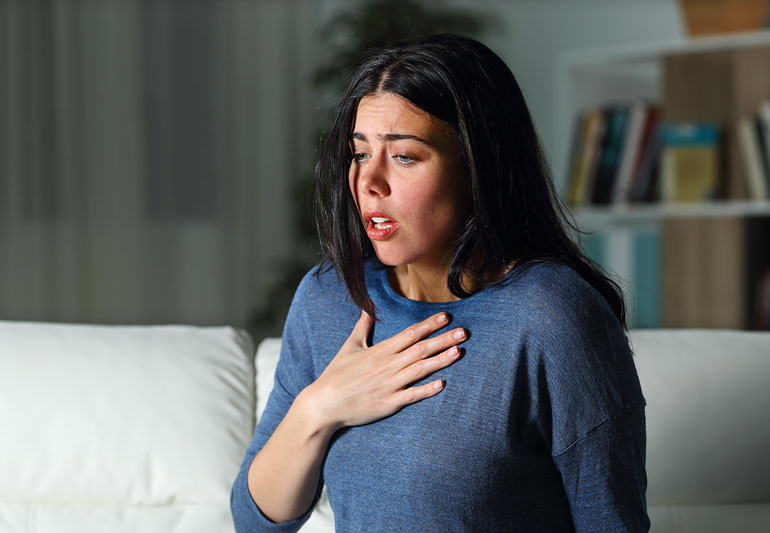
What It Is:
- A condition where individuals experience sudden, intense episodes of fear (panic attacks) that come without warning.
- Panic attacks can feel like a heart attack and may cause fear of future attacks, leading to avoidance behaviors.
Common Symptoms:
✔ Rapid heartbeat or chest pain
✔ Shortness of breath or choking sensation
✔ Dizziness or feeling faint
✔ Sweating and trembling
✔ Fear of losing control or dying
Who It Affects Most:
- More common in women than men
- Typically begins in late teens or early adulthood
- Can be triggered by stress, trauma, or major life changes
Example: A person with panic disorder may avoid crowded places or social events for fear of having a panic attack in public.
3. Social Anxiety Disorder (Social Phobia).

What It Is:
- An intense fear of social situations due to fear of judgment, embarrassment, or humiliation.
- Can lead to avoiding social interactions, work meetings, or public speaking.
Common Symptoms:
✔ Extreme self-consciousness in social situations
✔ Avoiding eye contact or speaking in groups
✔ Sweating, blushing, or trembling in public
✔ Fear of being negatively evaluated
✔ Nausea or stomach upset before social interactions
Who It Affects Most:
- Usually starts in childhood or adolescence
- More common in women but affects men too
- Can be worsened by negative past experiences or bullying
Example: A person with social anxiety may avoid ordering food at a restaurant because they fear they’ll say something wrong.
4. Obsessive-Compulsive Disorder (OCD).
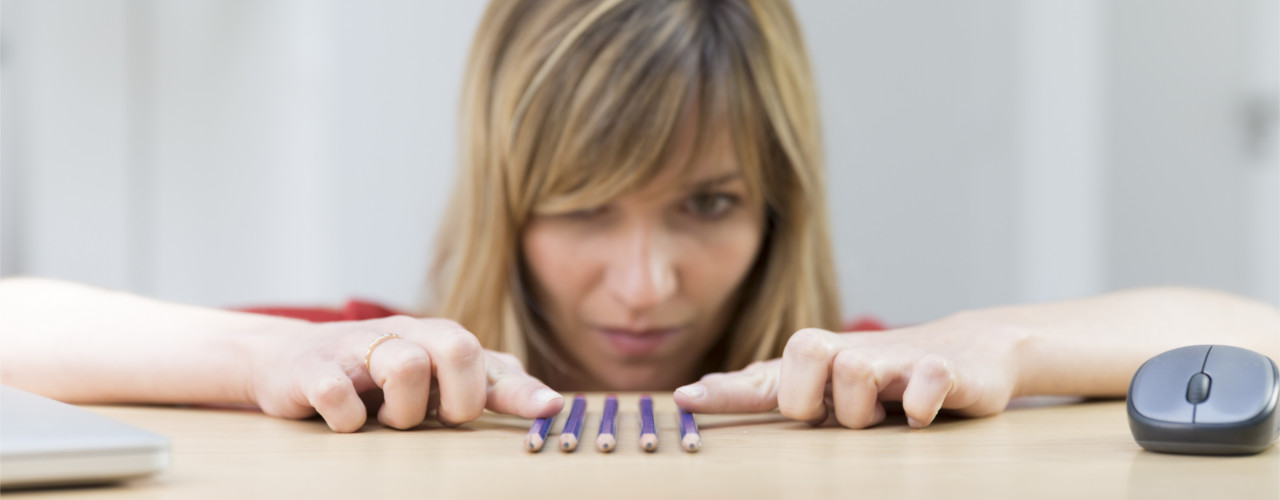
What It Is:
- A condition where individuals experience repetitive, intrusive thoughts (obsessions) and feel the need to perform certain rituals or behaviors (compulsions) to ease anxiety.
Common Symptoms:
✔ Excessive cleaning or handwashing (fear of germs)
✔ Repeatedly checking locks, appliances, or doors
✔ Counting, tapping, or repeating words to reduce anxiety
✔ Fear of harming oneself or others (even without intent)
✔ Needing things to be perfect or symmetrical
Who It Affects Most:
- Can develop in childhood, adolescence, or early adulthood
- Men often show symptoms earlier than women
- Thought to be linked to genetics, brain chemistry, and trauma
Example: Someone with OCD may wash their hands 50 times a day because they fear contamination, even when they logically know they are clean.
5. Post-Traumatic Stress Disorder (PTSD).
What It Is:
- A condition that develops after experiencing or witnessing a traumatic event, such as abuse, war, accidents, or loss of a loved one.
- PTSD can cause flashbacks, nightmares, and severe anxiety that interfere with daily life.
Common Symptoms:
✔ Nightmares or flashbacks about the trauma
✔ Avoiding places or people that remind them of the trauma
✔ Feeling numb or detached from emotions
✔ Being easily startled or on edge
✔ Guilt, depression, or self-destructive behaviors
Who It Affects Most:
- Women are more likely than men to develop PTSD, especially after sexual assault or abuse
- Can appear months or even years after the traumatic event
- Often coexists with depression, anxiety, or substance abuse
Example: A car accident survivor with PTSD might avoid driving or even riding in a car due to flashbacks of the crash.
6. Separation Anxiety Disorder.
What It Is:
- Extreme fear of being separated from a loved one or a safe place.
- While commonly associated with children, adults can also experience separation anxiety, especially after a loss or trauma.
Common Symptoms:
✔ Fear that something bad will happen to loved ones
✔ Avoiding being alone or leaving the house
✔ Nightmares about separation
✔ Physical symptoms (stomachaches, headaches) when apart from loved ones
Who It Affects Most:
- Common in children, but adults can develop it after trauma, breakups, or loss
- Often linked to attachment issues or past abandonment experiences
Example: An adult with separation anxiety may constantly call their partner when they are apart, fearing something bad will happen.
7. Specific Phobias.
What It Is:
- An intense, irrational fear of a specific object, situation, or activity.
- Fear is disproportionate to the actual danger.
Common Types of Phobias:
✔ Arachnophobia – Fear of spiders
✔ Acrophobia – Fear of heights
✔ Agoraphobia – Fear of crowded places or open spaces
✔ Aerophobia – Fear of flying
✔ Claustrophobia – Fear of enclosed spaces
Who It Affects Most:
- Phobias often develop in childhood or adolescence
- More common in women than men
- Can result from a negative experience or learned behavior
Example: A person with a severe fear of heights (acrophobia) may avoid elevators, tall buildings, or even watching scenes with heights in movies.
Causes & Triggers of Anxiety in Women.
Anxiety in women is influenced by a combination of biological, hormonal, and social factors. Certain life stages—such as menstruation, pregnancy, and menopause—can make women more prone to anxiety due to hormonal shifts. Additionally, stress from caregiving and societal expectations can further contribute to anxiety disorders.
Below is an in-depth explanation of the key causes and triggers of anxiety in women.
1. Hormonal Fluctuations and Anxiety.
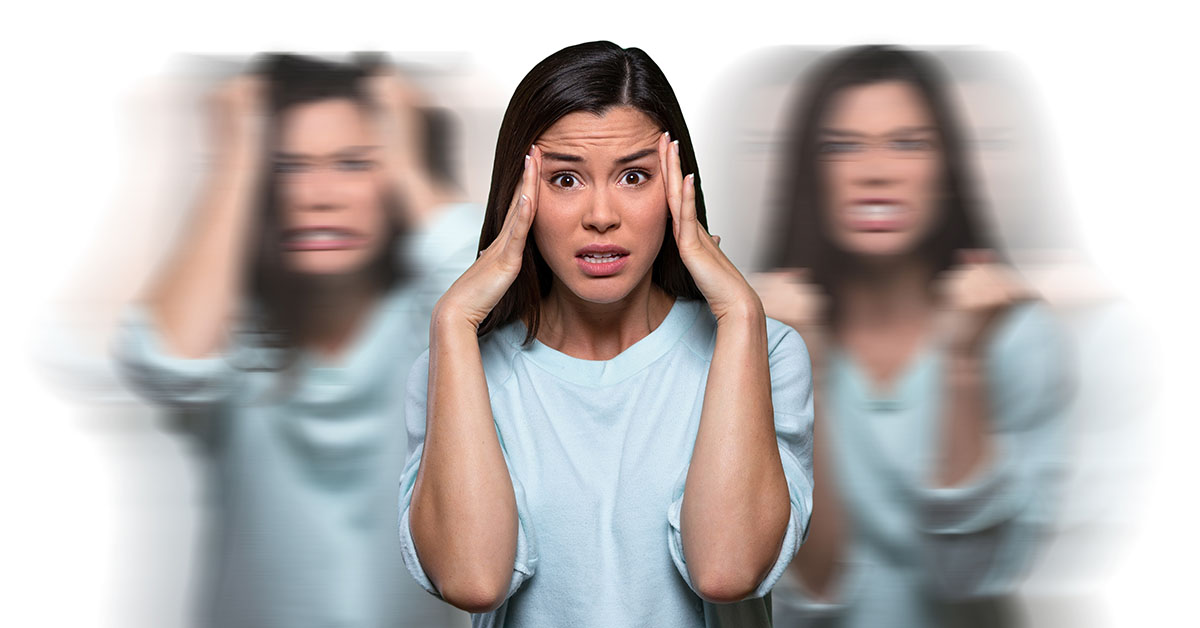
What It Means:
- Women experience constant hormonal changes throughout their lives (puberty, pregnancy, menopause), which can influence mood and anxiety levels.
- Estrogen, progesterone, and cortisol play a major role in how women respond to stress.
How It Triggers Anxiety:
✔ Rapid hormonal shifts can affect brain chemistry and increase feelings of stress.
✔ Imbalances in estrogen and progesterone can cause mood swings and irritability.
✔ Hormonal dips after childbirth, during menstruation, or menopause can trigger panic attacks and heightened anxiety.
Example: Some women feel more anxious before their period or during menopause due to fluctuating hormone levels.
2. Estrogen and Anxiety.
What It Means:
- Estrogen is a hormone that affects mood regulation by interacting with serotonin and dopamine (the “feel-good” neurotransmitters).
- High or low estrogen levels can impact anxiety and emotional stability.
How It Triggers Anxiety:
✔ Low estrogen levels (e.g., before menstruation or during menopause) can cause increased anxiety, panic attacks, and irritability.
✔ High estrogen levels (e.g., during pregnancy) may cause mood swings and overwhelm the nervous system.
Example: Women with estrogen imbalances (such as PCOS or menopause) may experience more frequent anxiety and panic attacks.
3. Cortisol and Stress in Women.
What It Means:
- Cortisol is the body’s main stress hormone and is released in response to stress or danger.
- Chronic high cortisol levels can lead to persistent anxiety, fatigue, and hormonal imbalances.
How It Triggers Anxiety:
✔ High cortisol levels can cause racing thoughts, restlessness, and trouble sleeping.
✔ Cortisol increases blood pressure and heart rate, mimicking symptoms of a panic attack.
✔ Women under constant stress (work, caregiving, family) may develop chronic anxiety due to prolonged high cortisol levels.
Example: Women experiencing chronic stress at work or home may feel anxious and overwhelmed due to elevated cortisol levels.
4. Menstrual Cycle and Anxiety.
What It Means:
- Many women experience premenstrual anxiety (PMS-related anxiety) due to hormonal fluctuations.
- The luteal phase (after ovulation) is when progesterone drops and estrogen fluctuates, leading to mood swings and increased anxiety.
How It Triggers Anxiety:
✔ Before menstruation: Low progesterone can cause irritability, nervousness, and restlessness.
✔ During menstruation: Estrogen levels are low, affecting serotonin levels and emotional balance.
✔ After ovulation: Sudden hormonal shifts may increase panic attacks and depression.
Example: Some women feel highly anxious, emotional, or overwhelmed a few days before their period due to hormonal imbalances.
5. Pregnancy Anxiety.
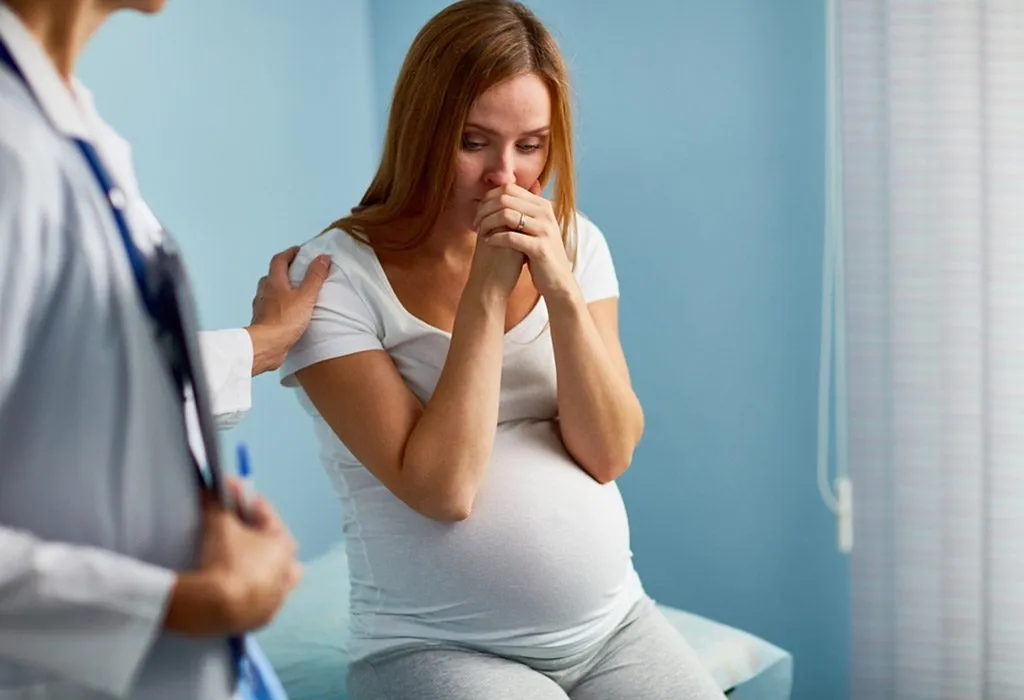
What It Means:
- Pregnancy can be a high-stress period due to hormonal changes, physical discomfort, and fear of childbirth.
- High levels of estrogen and progesterone can cause mood swings, intrusive thoughts, and excessive worry.
How It Triggers Anxiety:
✔ Hormonal changes can lead to racing thoughts and panic attacks.
✔ Fear of miscarriage, childbirth, or parenting responsibilities can cause chronic worry.
✔ Lack of sleep, nausea, and body changes can contribute to stress and mood instability.
Example: A woman in her third trimester may feel excessive fear about labor or the baby’s health, leading to pregnancy-related anxiety.
6. Menopause and Anxiety.
What It Means:
- Menopause marks the decline of estrogen and progesterone, affecting brain chemistry, mood, and stress levels.
- Women in perimenopause (the transition phase before menopause) often experience higher anxiety, depression, and mood swings.
How It Triggers Anxiety:
✔ Lower estrogen levels reduce serotonin, leading to panic attacks and irritability.
✔ Hot flashes and night sweats can disrupt sleep, making anxiety worse.
✔ Many women experience fear of aging, health concerns, and life changes.
Example: A woman in her late 40s may start experiencing sudden anxiety, insomnia, and mood swings due to perimenopause.
7. Postpartum Mental Health (Postpartum Anxiety & Depression).

What It Means:
- After childbirth, hormone levels drop dramatically, which can trigger postpartum anxiety (PPA) or postpartum depression (PPD).
How It Triggers Anxiety:
✔ Estrogen and progesterone drop rapidly after delivery, leading to mood instability.
✔ New responsibilities (caring for a newborn, sleep deprivation) can cause overwhelm and worry.
✔ Some women experience intrusive thoughts about harm coming to their baby, leading to excessive fear.
Example: A new mother may feel constantly worried about her baby’s health, even when there is no real danger.
8. Caregiver Stress and Anxiety.
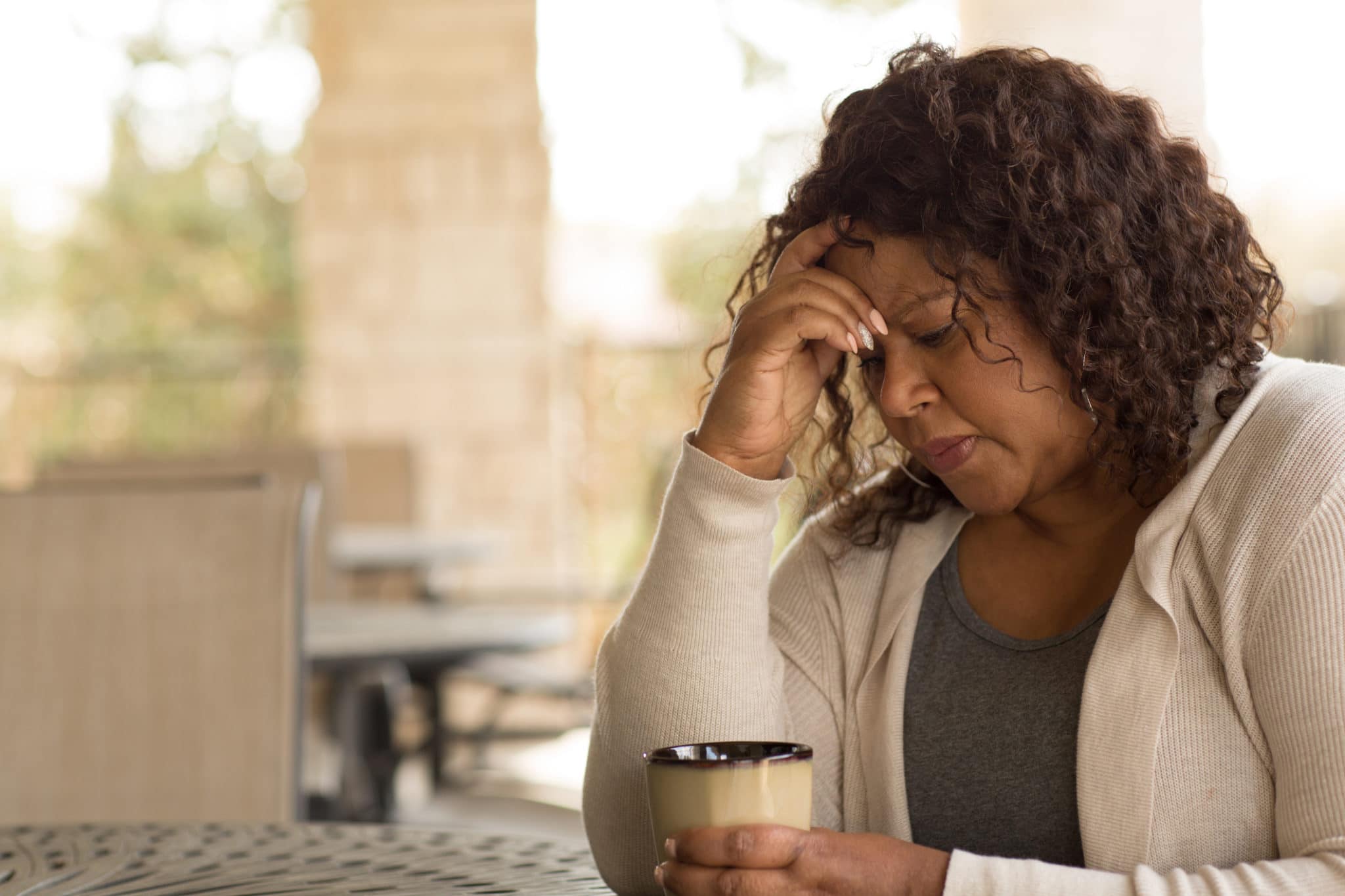 What It Means:
What It Means:
- Many women take on caregiving roles (for children, elderly parents, or sick family members), leading to high levels of stress and emotional exhaustion.
How It Triggers Anxiety:
✔ Chronic caregiving stress can cause burnout and emotional fatigue.
✔ Feeling overwhelmed with responsibilities can trigger panic attacks.
✔ Lack of personal time and self-care increases cortisol levels and chronic anxiety.
Example: A woman caring for an elderly parent while juggling work may feel constantly on edge and exhausted, leading to chronic stress and anxiety.
9. Societal Pressure and Anxiety.
What It Means:
- Women face societal expectations regarding appearance, career, relationships, and family, which can lead to stress and self-doubt.
How It Triggers Anxiety:
✔ Pressure to be “perfect” in work, family, and appearance can lead to perfectionism and fear of failure.
✔ Social media comparison can cause low self-esteem and anxiety.
✔ Fear of judgment in relationships, parenting, or career can increase social anxiety and stress.
Example: A woman constantly comparing herself to influencers on social media may feel inadequate and anxious about her life choices.
Coping & Treatment for Anxiety in Women.
1. Anxiety Management for Women.
What It Means:
- Anxiety management involves identifying triggers, developing coping skills, and making lifestyle changes to reduce symptoms.
- Since women experience anxiety differently than men, their treatment approach should address hormonal imbalances, emotional stress, and self-care needs.
Effective Anxiety Management Strategies for Women:
✔ Regular exercise (boosts endorphins & reduces cortisol)
✔ Healthy diet (supports brain function & hormone balance)
✔ Consistent sleep routine (improves mood stability)
✔ Setting boundaries (reduces stress from societal pressures)
✔ Journaling & gratitude practice (helps process emotions)
Example: A woman struggling with anxiety due to work stress may benefit from time management strategies, relaxation techniques, and self-care routines.
2. Therapy for Anxiety Disorders.
What It Means:
- Therapy is one of the most effective ways to treat anxiety disorders. It helps identify thought patterns, manage stress, and develop coping mechanisms.
Types of Therapy for Anxiety:
✔ Cognitive Behavioral Therapy (CBT) – Helps reframe negative thoughts & behaviors.
✔ Exposure Therapy – Effective for phobias & panic disorder, gradually reducing fear responses.
✔ Mindfulness-Based Therapy – Encourages present-moment awareness to ease anxiety.
✔ Acceptance & Commitment Therapy (ACT) – Focuses on accepting emotions rather than resisting them.
✔ Group Therapy & Support Groups – Provides emotional support & shared experiences.
Example: A woman with social anxiety disorder might benefit from CBT & exposure therapy to gradually build confidence in social settings.
3. Natural Anxiety Relief.
What It Means:
- Natural remedies help manage anxiety without medication by focusing on lifestyle, diet, and holistic healing.
Best Natural Remedies for Anxiety in Women:
✔ Herbal Supplements:
- Ashwagandha (reduces cortisol & stress)
- Chamomile (calms the nervous system)
- Magnesium (supports relaxation & muscle tension relief)
✔ Aromatherapy: - Essential oils like lavender, rosemary, and bergamot can reduce anxiety.
✔ Tea for Anxiety: - Herbal teas such as lemon balm, passionflower, and valerian root can promote relaxation.
✔ Deep Breathing Techniques: - 4-7-8 Breathing (inhale 4 sec, hold 7 sec, exhale 8 sec) calms the nervous system.
✔ Acupuncture & Massage Therapy: - Helps relieve muscle tension & emotional stress.
Example: A woman experiencing PMS-related anxiety might use magnesium supplements and chamomile tea to help regulate mood.
4. Self-Care for Anxiety.
What It Means:
- Self-care involves intentional activities that promote mental, emotional, and physical well-being.
Self-Care Strategies for Women with Anxiety:
✔ Daily Movement: Yoga, walking, dancing, or any physical activity that reduces stress.
✔ Setting Boundaries: Learning to say “no” to unnecessary stressors.
✔ Digital Detox: Reducing social media usage to avoid anxiety from comparison.
✔ Creative Outlets: Engaging in painting, music, or writing as emotional therapy.
✔ Quality Sleep: Following a consistent bedtime routine to regulate mood.
Example: A woman overwhelmed with work and family responsibilities might set aside 30 minutes daily for self-care activities like reading or meditation.
5. Mindfulness for Anxiety.
What It Means:
- Mindfulness is the practice of being present and fully engaged in the moment, without judgment.
- It helps break the cycle of anxious thoughts and overthinking.
Mindfulness Techniques for Anxiety:
✔ Meditation: Guided breathing exercises to relax the mind.
✔ Grounding Techniques:
- 5-4-3-2-1 Method (Identify 5 things you see, 4 things you feel, 3 things you hear, 2 things you smell, and 1 thing you taste) to reduce panic attacks.
✔ Gratitude Practice: Writing 3 things you’re grateful for each day.
✔ Body Scan Meditation: Checking in with physical sensations to relieve tension.
Example: A woman experiencing anxiety before a big presentation might use deep breathing and mindfulness exercises to stay calm and focused.
Also read about: The Connection Between Thyroid Disorders and Weight Gain.
Conclusion:
Anxiety disorders affect women differently due to a combination of biological, psychological, and social factors. By understanding these unique challenges and implementing effective management strategies, women can take control of their mental health and improve their quality of life. Seeking professional help, building a strong support system, and prioritizing self-care are essential steps in managing anxiety disorders effectively.
Resources:
[Link to a related article “Post-Traumatic Stress Disorder (PTSD)“]
[Link to “Obsessive-Compulsive Disorder (OCD)“]

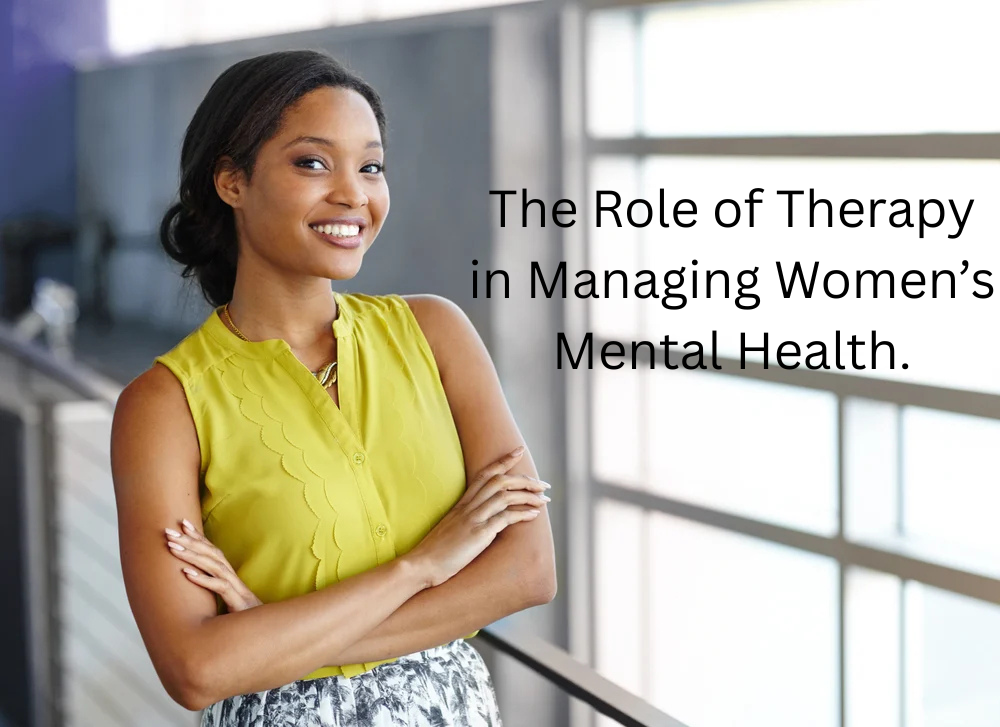
Pingback: Telogen Effluvium in Women: Stress-Related Hair Loss
Pingback: 5 Yoga Poses to Relieve Menstrual Cramps.